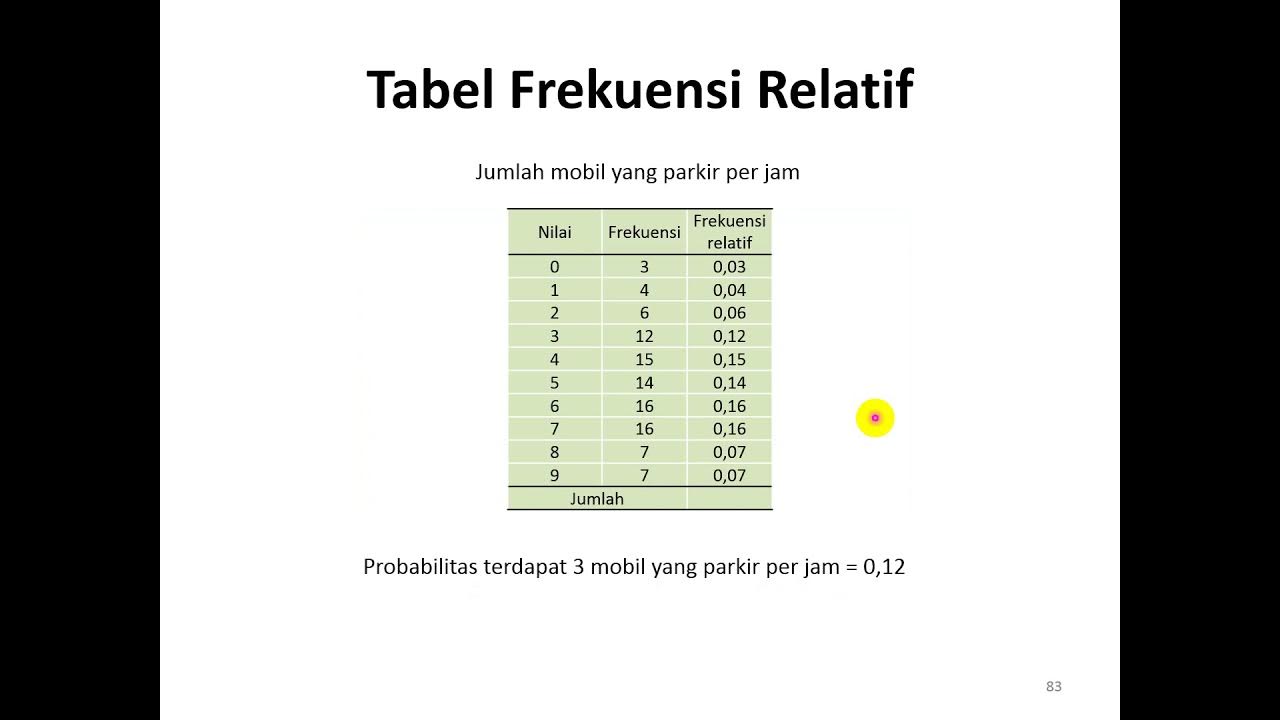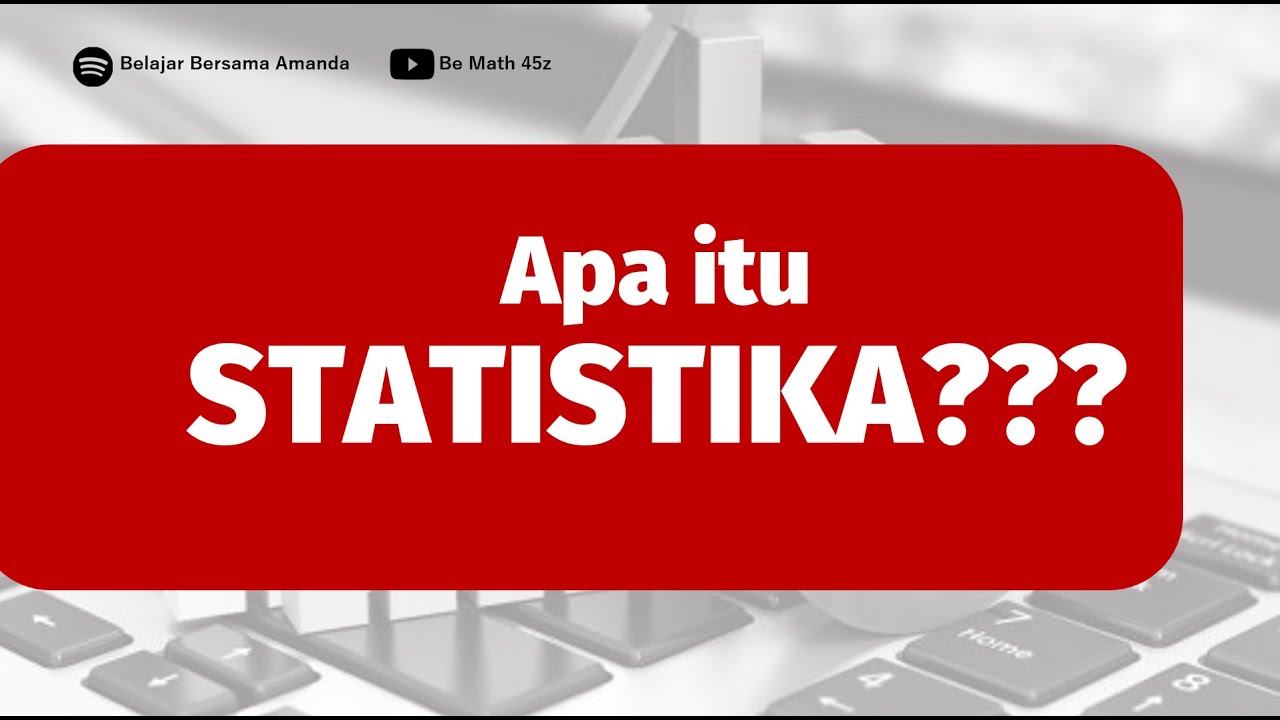UJI HIPOTESIS STATISTIK-Part 1
Summary
TLDRIn this engaging lecture on hypothesis testing, the speaker defines hypotheses in statistical terms, emphasizing their role in decision-making processes. Key concepts include the distinction between null and alternative hypotheses, types of hypothesis tests (one-tailed and two-tailed), and practical examples to illustrate how to formulate and test these hypotheses. The speaker highlights the importance of hypothesis testing in real-world scenarios, such as assessing community awareness or analyzing health data. The session concludes with a preview of upcoming content on hypothesis testing procedures, encouraging viewer interaction for a richer learning experience.
Takeaways
- 😀 Hypothesis testing involves making a temporary assumption about a parameter and verifying its validity using statistical methods.
- 📊 The main types of hypotheses are the null hypothesis (H0) and the alternative hypothesis (H1), which represent opposing claims.
- 🧮 Null hypotheses typically suggest no effect or no difference, while alternative hypotheses indicate the presence of an effect.
- 🔍 Hypothesis testing is useful for decision-making, such as determining which areas require more focus in a political campaign based on sample data.
- 📈 There are two main types of hypothesis tests: one-tailed tests (which test for effects in one direction) and two-tailed tests (which test for effects in both directions).
- 📉 In one-tailed tests, the null hypothesis can be either greater than or less than a specified value, while in two-tailed tests, it checks for equality.
- 🍶 An example provided was testing the average milk content, where the null hypothesis claimed it is equal to 250 ml, while the alternative claimed it is less.
- 💵 Another example involved average monthly expenditure, with the null hypothesis stating it is equal to or greater than 3 million IDR.
- 🚬 The script discussed lung cancer statistics, suggesting that the proportion of cases due to smoking could be greater than 30%.
- 💡 The session concluded with an invitation for viewer engagement, encouraging subscriptions and feedback for future topics.
Q & A
What is a hypothesis in the context of statistics?
-A hypothesis is a temporary assumption or educated guess about a population parameter, which is to be tested using statistical methods.
What are the two main types of hypotheses discussed in the lecture?
-The two main types of hypotheses are the null hypothesis (H0), which states that there is no effect or difference, and the alternative hypothesis (H1), which posits that there is an effect or difference.
Why is hypothesis testing important in decision-making?
-Hypothesis testing provides a systematic way to evaluate assumptions about population parameters using sample data, helping to inform decisions based on statistical evidence.
What is the purpose of the null hypothesis (H0)?
-The null hypothesis serves as the starting point for statistical testing, representing a statement of no effect or no difference that is subject to testing against observed data.
How is the alternative hypothesis (H1) defined?
-The alternative hypothesis is defined as the hypothesis that contradicts the null hypothesis, suggesting that there is a significant effect or difference in the population parameter.
What distinguishes one-tailed tests from two-tailed tests?
-One-tailed tests assess the probability of the relationship in one direction (either greater than or less than), while two-tailed tests evaluate the possibility of the relationship in both directions (not equal to).
Can you provide an example of a one-tailed hypothesis test?
-An example of a one-tailed hypothesis test would be testing whether the mean expenditure of residents is less than a specific amount, such as 3 million.
What are the steps involved in determining the null and alternative hypotheses?
-To determine the null and alternative hypotheses, identify the claim being tested, note if it involves equality (for H0) or inequality (for H1), and formulate the hypotheses accordingly.
What are some real-world applications of hypothesis testing mentioned in the lecture?
-Real-world applications include a mayoral candidate assessing which neighborhoods have lower awareness of their campaign, or a researcher determining the average spending of residents.
What will be covered in the next part of the lecture series on hypothesis testing?
-The next part will cover the procedures for hypothesis testing, including test statistics, critical values, and how to make decisions based on the hypotheses tested.
Outlines

This section is available to paid users only. Please upgrade to access this part.
Upgrade NowMindmap

This section is available to paid users only. Please upgrade to access this part.
Upgrade NowKeywords

This section is available to paid users only. Please upgrade to access this part.
Upgrade NowHighlights

This section is available to paid users only. Please upgrade to access this part.
Upgrade NowTranscripts

This section is available to paid users only. Please upgrade to access this part.
Upgrade Now5.0 / 5 (0 votes)





